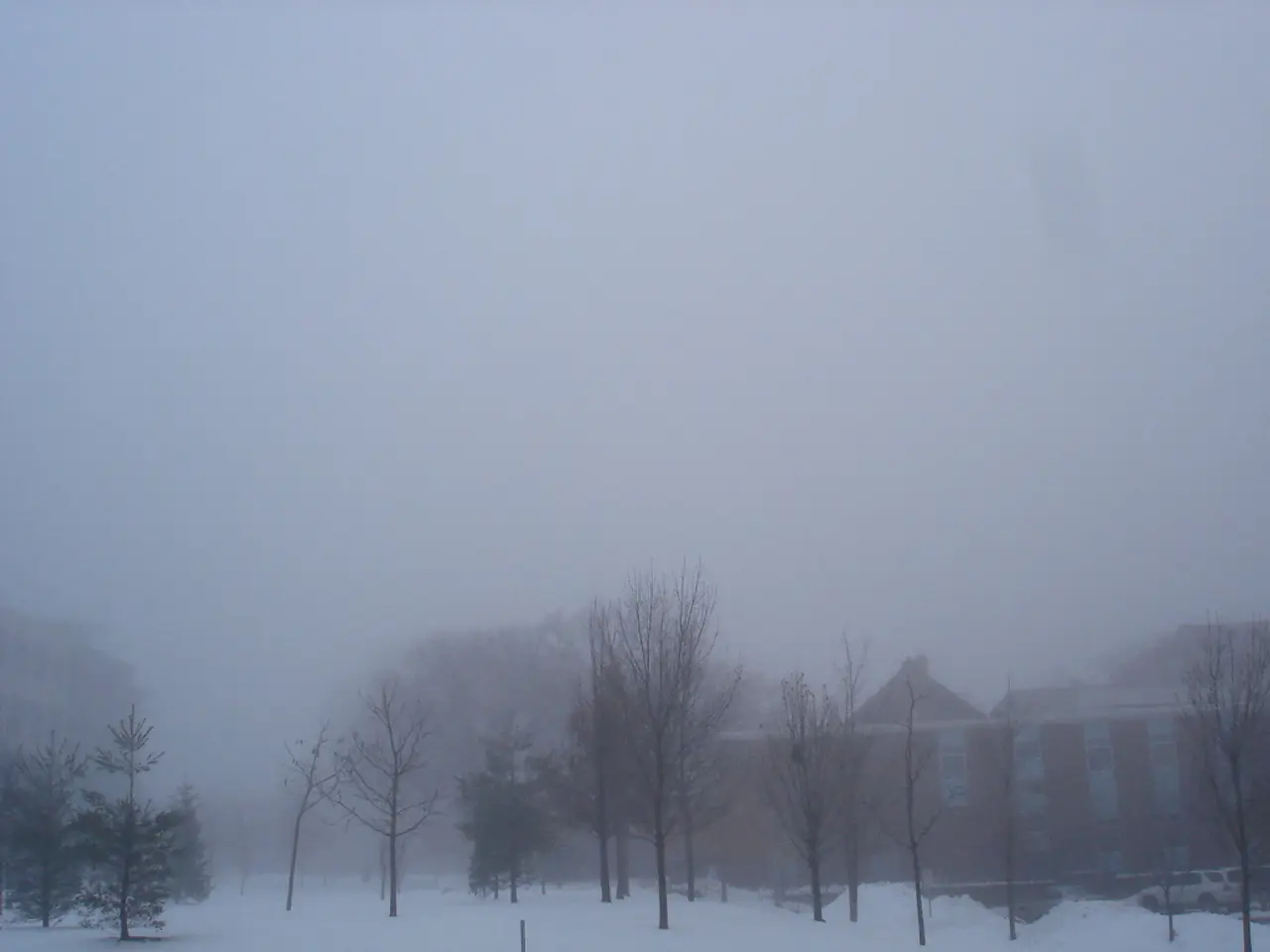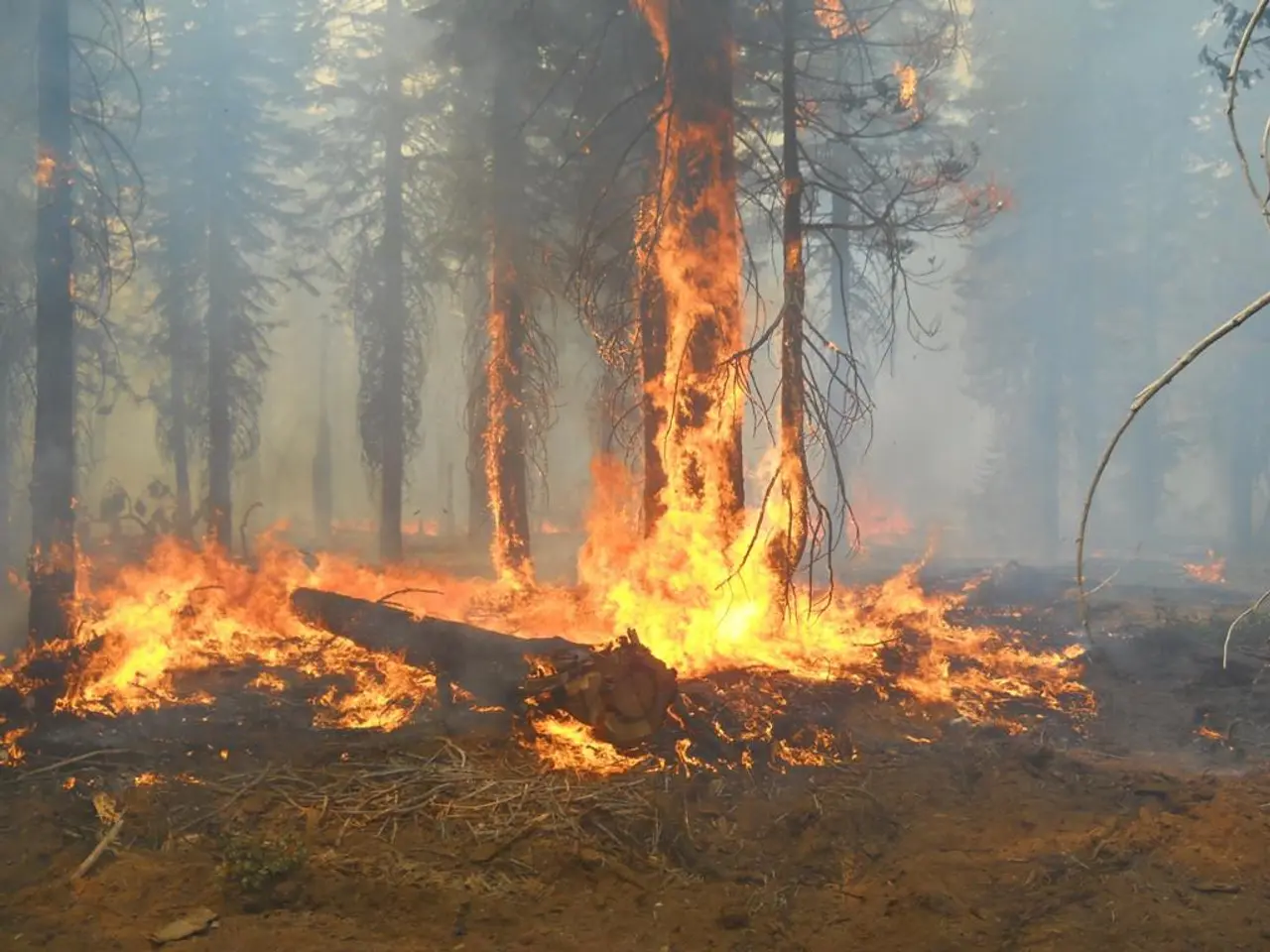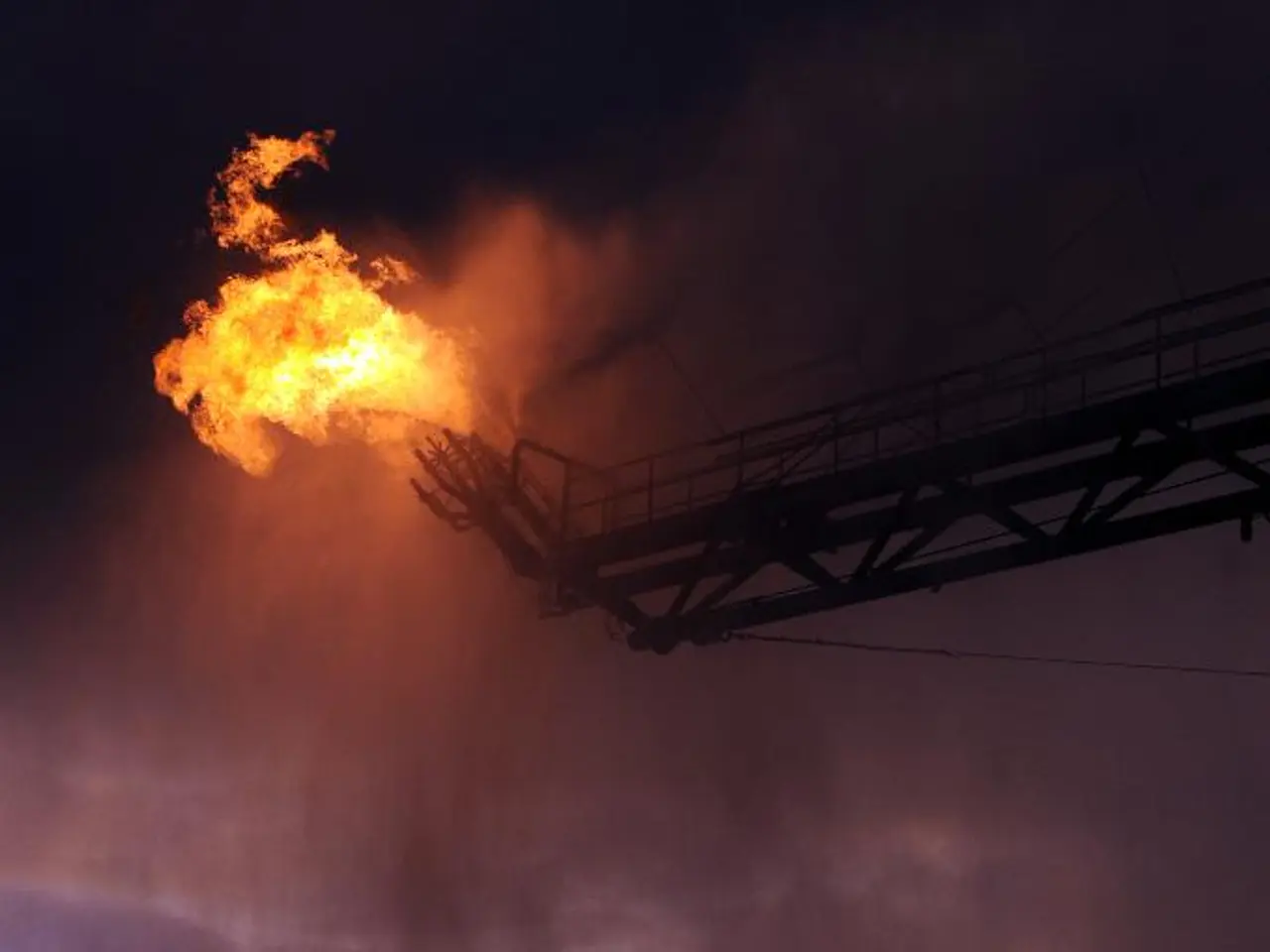Raging Wildfires: Canada Compels More Evacuations in Ontario and British Columbia
Mandatory evacuations expanded in Ontario and British Columbia, Canada, due to ongoing wildfires.
Stay tuned for the latest on the unruly wildfires wreaking havoc in Canada, sparking additional evacuations in Ontario and British Columbia. As of this Monday (local time), authorities in both provinces have mandated residents in fire-prone zones to vacate for safety. Over 220 fires are currently being tackled by firefighting personnel, with half still out of control.
Since Monday alone, 14 new wildfires have surfaced. The destructive fires have already scorched over 3.2 million hectares of land, primarily in central areas where drought conditions are intensifying.
Last Sunday, the Canadian military set up an airlift to evacuate indigenous folks from the Sandy Lake reserve in northern Ontario. By Monday afternoon, aircraft had evacuated approximately one-third of the 3,000 residents, noted the reserve chief, Delores Kakegamic. However, the evacuation process has been slow due to the challenges in taking off and landing in forest areas.
According to the Canadian army, the conditions in northern Ontario have rapidly deteriorated. The Sandy Lake fire has engulfed approximately 40 kilometers in width within 24 hours.
For updates on British Columbia, keep an eye on the B.C. Wildfire Service’s regularly updated map, which offers information on current fire locations, along with detailed data on individual fires when hovering over map pins. Stay informed about evacuation alerts and orders, and heed any air quality advisories issued in response to wildfire smoke.
Stay safe amidst the escalating wildfires, and heed all local evacuation orders and restrictions.
Note: As of mid-June 2025, wildfires in Canada have consumed about 2.6 million hectares (6.4 million acres or 10,000 square miles). The most intense wildfire activity was concentrated in Manitoba, Ontario, and Saskatchewan, with significant smoke impacts spreading across North America. British Columbia is also experiencing wildfires but received fewer national mentions compared to the central and eastern provinces. For the latest evacuation orders and status in British Columbia, consult the official B.C. Wildfire Service map and updates. For Ontario, keep abreast of local emergency management and wildfire service announcements, as conditions may change rapidly. Prepare for possible evacuation, monitor air quality, and adhere to all local fire bans and restrictions. [Source: ntv.de, AFP]
- The community and employment policies of the affected provinces (Ontario and British Columbia) should prioritize evacuation strategies, accommodating displaced residents and assisting with their employment during this critical period.
- Scientists studying environmental science and climate-change might want to investigate the long-term impacts of the wildfires on the weather patterns and broader ecosystems in the affected regions.







